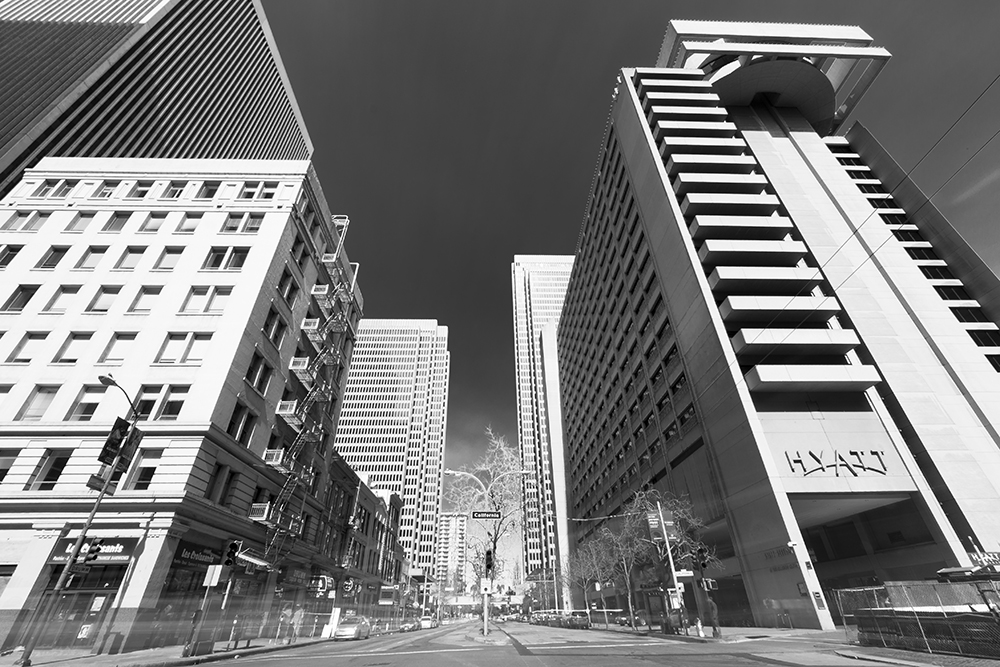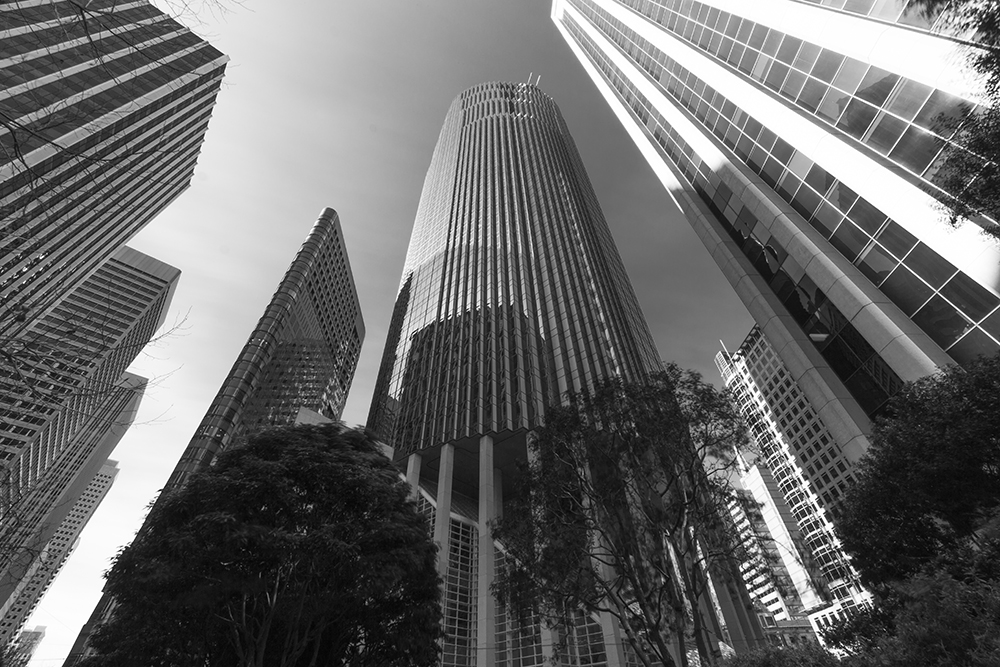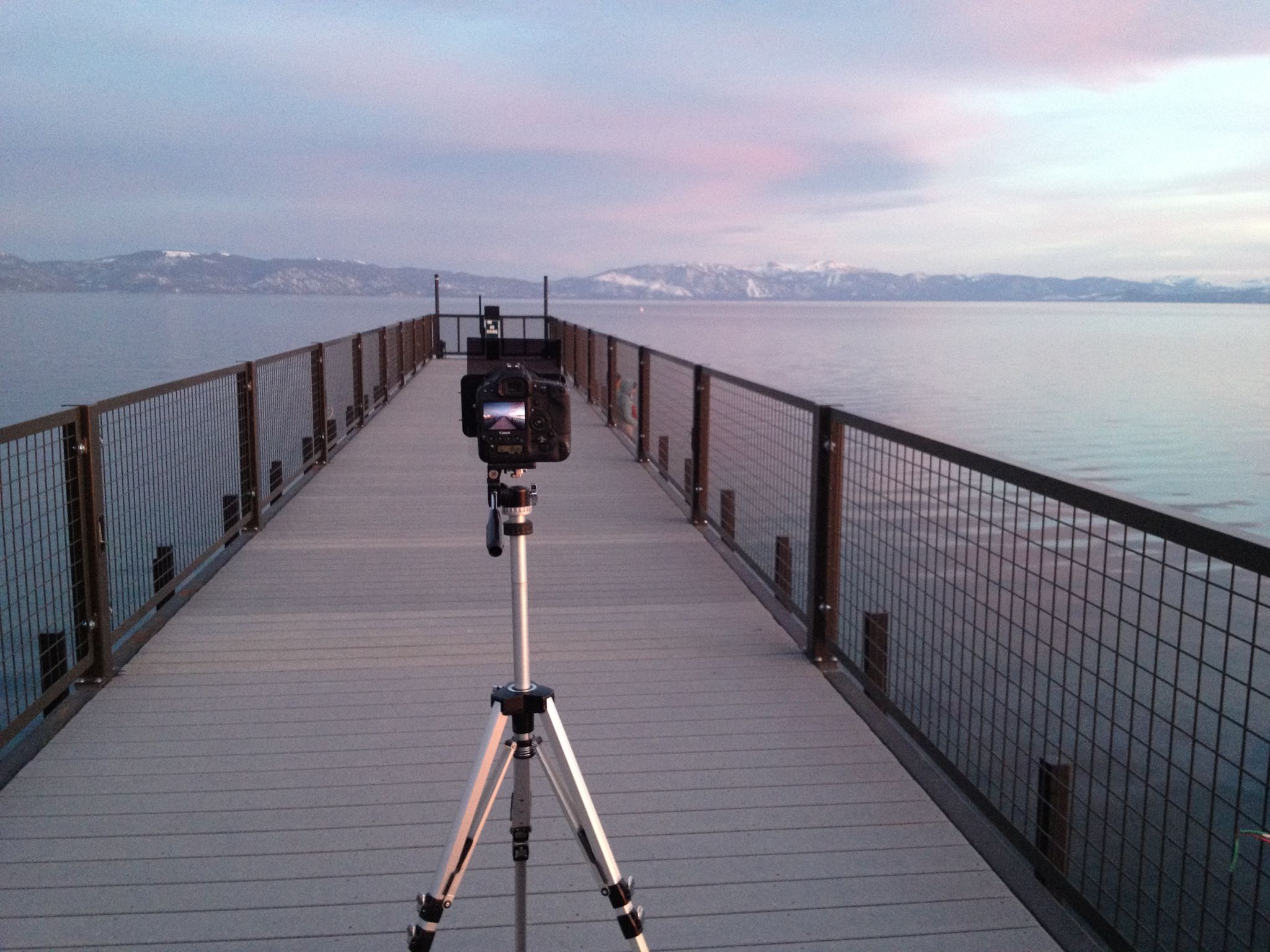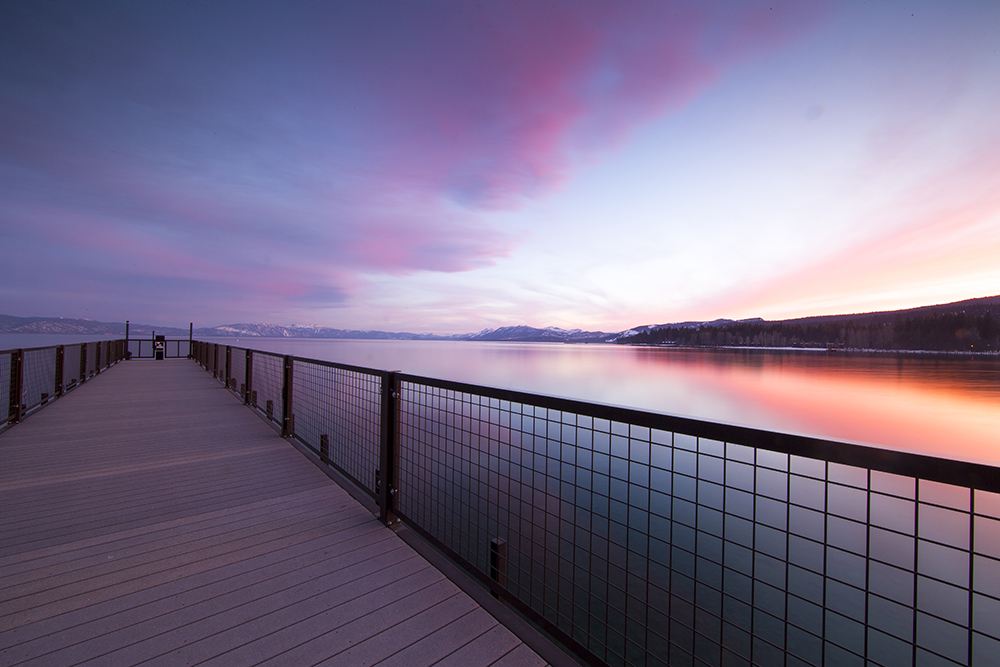Some people love filters. I personally really like neutral density filters and I know there are those who swear by UV filters. For those of us who love these little glass lens enhancers, we have to separate from that love when we use ultra wide-angle lenses. That is, we used to. Not anymore thanks to Fotodiox’s Wonderpana system which is designed to give us the freedom to use those filters even on convex front elements.
When I first saw this enormous apparatus attached to the front of a camera, I thought it looked rather comical honestly. It just looks absurdly huge. However, after using it for a few weeks I have to say, it’s worth it.

As cool as this device is, I did have a hard time figuring out how to assemble it. Fotodiox doesn’t have any available online videos or instruction manuals showing how to put it together (and I also asked the fine folks at Fotodiox, so I know I covered all the bases). I was really afraid to try and force certain things (even though you are supposed to) because I didn’t want to break it. The cost of the product made me a bit hesitant to try certain things. Between me and some friends at BorrowLenses, we were able to figure it out. Fotodiox makes a few different versions of the Wonderpana for a specific line of lenses from the major players. I used it on the Canon 14mm f/2.8 L II on a Canon 1D X. You have to make sure you buy the Wonderpana for the lens you have, because there is no interchanging the pieces. The Wonderpana main piece fits perfectly onto the lens it was made for. Then there is a red circular tightening screw that fits under the lens and screws on to the bottom of the Wonderpana. Screw that on, and it’s ready to accept filters.

Though you have the option of using a UV or a polarizing filter, my favorites were the neutral density filters. They offer them in three strengths: ND 8, ND 16 and ND 32. Besides being great for regulating natural light and giving you more options for depth of field in brighter light, they are also a lot of fun for longer exposure situations. I stacked the ND 16 on top of the ND 32 for some long exposures during the day for some wicked results. Just keep in mind, when you stack the filters you will get a bit of the filters showing on the edges of the frame; the lenses are so wide, this was bound to happen. I did have to crop some of my images to remove those edges.
Here are some photos I shot with the ND filters attached. The long exposures made the crowded scenes appear deserted, which is ideal for architecture. I want anyone viewing the photos to focus on the buildings, not on any distracting people.






Now, what if you want to balance the brightness of the sky with the nearly-always-darker ground? That’s where the Wonderpana “ears” and gradiated neutral density plate come into play. Figuring out how to attach the “ears” was yet another challenge, but once you get them on you can use the very large plates to darken the skies and keep the ground exposed where you want it. It rocks, and is really helpful for landscapes.

The setup is not something you can easily hide and you're likely to attract some attention, but the results you can achieve are worth it.



Using the Wonderpana is not what I would call easy or portable, but it’s by no means the worst thing I’ve ever carried around with me. I often kept the filter attached to my lens, so if you do the same you will have to remember to pad your camera bag. You can’t put any lens cap on these and therefore the risk of scratching the filters is pretty high. The filters aren’t cheap, so you will want to treat them with care. If you are traveling long distances, I recommend dismantling the whole apparatus and keeping the pieces in the pouches that Fotodiox includes with the Wonderpana. It takes a few minutes to put back together, but it is worth it to keep your investment damage-free. All that aside, I feel like the price point is neither a positive nor a negative. I think Fotodiox did a really good job pricing the Wonderpana and I didn’t cringe away nor think it was a bargain. $250 will get you started, and for just under $500 you can get just about everything.
What I liked:
The product works!
Build quality
Versatility
What could use improvement:
Needs instruction manual/online video or tutorial
I love wide-angle lenses, and the Wonderpana allows you to have the options with filters that were previously unavailable. I had a blast shooting with it, and the results I achieved are some of the best landscapes and architectural photos I’ve taken thus far. I will continue to use the Wonderpana often, and in a studio crowded with gear I rarely touch that means something. If you have a wide-angle lens you want to try this out with, see if Fotodiox has one for your favorite wide angle. They have the Wonderpana system for Nikon, Canon, Tokina, Sigma, Panasonic, Olympus, Samyang and others. In all likelihood, you can pick up the Wonderpana for whatever ultra wide lens you might have.
With hundreds and hundreds of products coming out every year, we are unquestionably surrounded by mediocrity. I'm happy to say that the Wonderpana system does not fall into that category. It's a great product that was a joy to use and one that I will continue to have at the ready.







All this review does is give me 14L lust :-
Woah!!
Lee Filters makes a similar system for wide angle lenses, specifically for the brilliant Nikkor 14-24mm f/2.8G. Filters are large (150x170mm) and with a small adapter, are compatible with practically any lens. I actually wrote a short post on DPREVIEW about it here: http://forums.dpreview.com/forums/post/50900937
This reminds me of Cokin when they came out in the 80's. They were a niche market item as people had to carry around flat sheets of optical plastic in an envelope..And then jam them inside a weird slide affair on the lens end... Looked bad, scratched easily, and I think they sold every piece of old stock to the guys who shot the TV series Miami Vice..
As an owner of one of these odd ball lenses (14-24 Nikkor) I still will never understand the reason for attempting to use a filter system on a lens like this. Most effects that can be filterized can be replicated in Ps
I like to get it in camera. Personal taste I guess.
Are you serious?? How do you mimic a 2 minute exposure in daylight with PS? Or a smooth waterfall or Ocean? I don't know of a professional landscape photographer who does not use filters...
How wide is it? And how neutral is the ND filter?
Which one would fit the 2005 Tamron SP AF 14mm 2.8?
You are getting it in camera when you use filters Jaron.
"Most effects that can be filterized can be replicated in Ps"
That is the comment I was speaking to in my comment above.
If you're cropping out bits of the image, you might as well use a 16mm zoom that already has filter threads. This solution seems to expensive for something as small as the ability to use filters. Awfully inconvenient too.
Only have to crop if you stack the filters, and the crop is extremely minute. Just the top corners looked rounded.
Agreed. The Lee SW150 system does not vignette on my 14-24 full frame with 2 filters stacked.
Those lenses, by themselves, don't allow stacking filters (without serious vignetting) and don't allow the flexibility of moving a graduated ND filter to the exact position you want.
Did you have any reflection issues when using this system? I use the Lee SW150 system on the Nikon 14-24 and even though it includes some plastic baffles for this purpose, I still had to come up with a black cloth wrap to surround the system to really keep the reflections from showing up. Even that doesn't completely cure the problem though, especially when using a 10 stop solid ND or when shooting towards the sun. The lettering on the front ring of the holder often shows up reflected in reverse in the shot. I don't know what other people's experiences have been but I'd love to know if the Fotodiox system has bettered the Lee system on this one.
Nope! No issues with reflections at all, and I shot in all sorts of lighting situations.
Ian, check this out: http://www.flickr.com/photos/spoogman/7837533026/in/set-72157631190860270/
I copied this and made one myself. It was pretty easy. Now the system is completely sealed with no reflection issues.
Nice review, bitchin' pics!
Mike, do you use filters in your work?
I wouldn't bother with this. I, and most landscape pros I know, went to hand holding grads a long time ago. Just so much quicker than loading them into a Cokin holder, for example. Conditions change quickly and you may want to go to a 3 stop hard from a 2 stop soft quickly. No time to be fooling around with filter holders. So for my Nikon 14-24 which is what this is aimed at I guess, I ordered large Singh-Ray 4x6 grads to completely cover the front element and I will just hand hold them. I do have the Fotodiox Circular Polarizer for the 14-24 because you can't hand hold that but for grads, I'll just grab what I need.
Ha! I always love when people try to make their point seem more important by calling themselves a "pro" or by saying "pros I know". Hand holding works in certain cases. When you want very long exposures or absolutely can't risk camera movement, filter holders and tripods are still necessary...always will be. I see many of the world's best photogs use holders and tripods. Enjoy your "Pro" business.
A REAL "Pro" doesn't brag and talk about people they know; they just say what works for them, and in what circumstances.
Not so fast! I tested their new split grads combined and their circular polarizer and they do NOT work together. That's because, when combined, you see weird colorful stress patterns in the plastic (and your pictures), a special property that polarizing filters have, being able to reveal stresses in plastic and glass (see this link for examples: http://digital-photography-school.com/forum/how-i-took/3793-polarization...). I use the CPOL with my Nikon 14-24mm lens, but I cannot see spending all that money on grads that are optically defective, as combining with a CPOL is very common. Even inexpensive Cokin grads don't exhibit this problem. Possibly, the thickness is the issue. Unfortunately, they aren't telling people about the defect.
The grad filters are really big, which I like, but the problem is that they are very hard to handle in the field. I recommended that they put some sort of nub or grip on the top, but they shrugged it off. I'm very experienced with using split grads and, even in their parking lot under ideal conditions doing my tests, the grads were extremely hard to handle and to insert into the holder without fumbling. If you're a basketball player who can palm the ball, you'll be fine. Otherwise, be aware that the grads are easy to drop. I did, right on the cement and it shattered the edge, making it unusable. Also remember, the filters are plastic and scratch fairly easily.
Get the CPOL and the holder. They're great, through it still vignettes a little at 14mm on the Nikon.
Hi Jaron, can the system hold two circular NDs? Thanks.
Yes it can, but then you can't fit the graduated filter on top of that. So you have to choose.
I never use The CPL and the Grad ND filters together on extreme wide angle. Using a CPL on extreme wide lenses when heaving lots of of bright sky in your image is not a good Idea as well. I combine the CPL and Normal ND's and sometimes Magic cloth the bright parts of the image or fix them later in Post.
What I'am missing in this review is that Fotodiox also makes 77 and 82 mm treaded free arc step-up rings to 145mm as 145mm pinch lenscap to protect the filters or the lens. I use the wonderpana 145mm system on 14-24,24-70,70-200 and 85 mm and had lots of fun using it.
Magic Cloth http://icelandaurora.com/blog/2014/07/tonys-magic-cloth-technique/